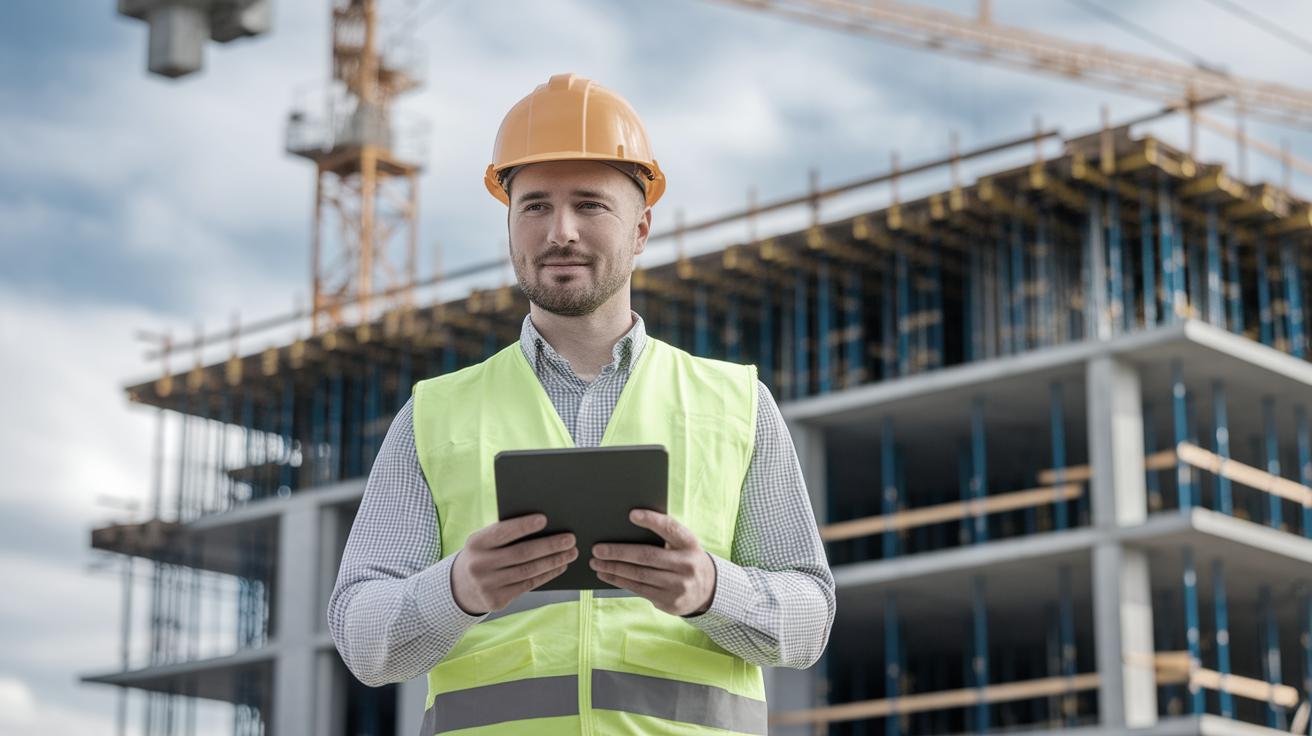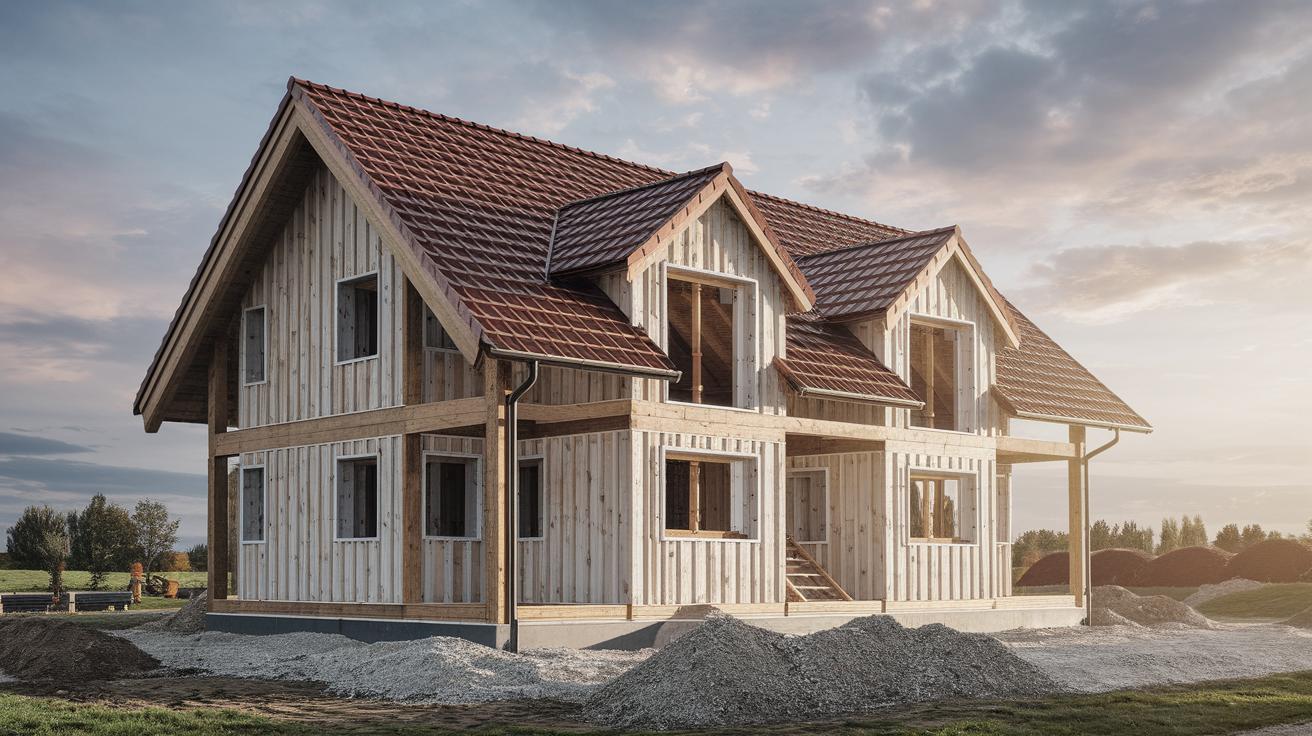Challenges in Urban Construction Projects
Urban construction projects are integral to enhancing infrastructure and bolstering urban development. However, these projects present several complex challenges. From regulatory and zoning hurdles to managing noise and pollution, urban constructors must navigate an array of issues. This comprehensive breakdown highlights the key obstacles frequently encountered in urban construction projects. Understanding these challenges can guide stakeholders in effectively planning and executing urban development initiatives to create sustainable, vibrant urban environments. Key focus areas include regulatory complexities, site constraints, transportation management, environmental considerations, and community relations.
1. Regulatory and Zoning Issues
Regulatory and zoning issues often form the foundation of challenges faced in urban construction projects. Navigating the complex web of local, state, and federal regulations can be daunting. Each urban area has specific zoning laws that dictate land usage, building heights, and architectural styles. Non-compliance can lead to legal disputes, delaying project timelines and increasing costs. Developers must work closely with local authorities to ensure all regulations are adhered to from the outset.
Moreover, acquiring the necessary permits and approvals can be time-consuming and fraught with bureaucratic inefficiencies. It often requires a meticulous approach and detailed documentation to satisfy the demands of multiple regulatory bodies. Therefore, engaging with legal experts and urban planners at an early stage can prove invaluable in preemptively mitigating these challenges.
2. Site Constraints
Urban construction sites are often characterized by spatial limitations and constraints that significantly affect project execution. In densely populated areas, available land for construction might be limited, requiring innovative architectural solutions to maximize utility within restricted spaces. Such constraints necessitate careful planning and the use of cutting-edge technologies to optimize limited resources effectively.
Additionally, many urban sites come with pre-existing infrastructure or buildings, posing additional challenges in demolition and site preparation. Project managers must carefully assess the site’s current condition and strategic options for integrating existing structures where feasible. This often involves balancing budgetary constraints with innovative construction techniques to achieve desired project outcomes.
3. Traffic and Transportation Management
Traffic and transportation management pose significant challenges during urban construction projects. Construction activities often disrupt existing traffic flows, leading to congestion and delays. Effective traffic management plans must be developed to minimize impact on commuters and local residents. This can involve coordinating construction schedules with peak traffic hours and deploying alternative route plans.
Additionally, urban projects must consider the delivery and storage of construction materials, which can further exacerbate traffic woes. Advanced logistical planning, sometimes involving temporary road modifications and storage solutions, is crucial to ensure smooth operation without compromising public safety and traffic efficiency.
4. Noise and Pollution Control
Mitigating noise and pollution is a central challenge in urban construction. Construction activities generate significant noise, affecting the health and well-being of nearby residents and workers. Regulations often stipulate noise control measures that must be implemented to minimize disturbance, such as sound barriers or restrictions on construction hours.
Pollution control is another critical aspect, as construction sites can contribute to air and water pollution. Dust suppression techniques and proper waste management practices are necessary to comply with environmental standards. Urban constructors need to adopt sustainable practices and technologies to reduce the ecological footprint of their projects.
5. Safety and Security
Ensuring safety and security is paramount in urban construction. High-density areas present unique risks, such as accidents caused by close proximity to pedestrian routes and commercial areas. Comprehensive safety plans, including on-site safety protocols and regular worker training, are essential to mitigate accidents and ensure compliance with safety standards.
Security concerns also extend to safeguarding construction sites from vandalism and theft. Implementing surveillance systems, secure fencing, and 24/7 security personnel can help in deterring unauthorized access and ensuring the safety of both construction materials and personnel.
6. Coordination with Other Utilities and Services
Urban construction projects require seamless coordination with existing utilities and services, such as water, electricity, and telecommunications. Construction activities must consider the layout and functioning of these services to avoid disruptions. This often demands close collaboration with utility providers to ensure continuity and address any interruptions promptly.
Relocation or rerouting of services may also be necessary, integrating it into construction timelines without causing excessive disruptions. This coordination often involves detailed project management and communication strategies to align construction with existing urban infrastructure.
7. Environmental Impact
Addressing environmental impact is a crucial consideration in urban construction. As sustainability becomes increasingly important, projects must incorporate eco-friendly practices and materials to minimize environmental degradation. This includes energy-efficient building techniques, recycling of materials, and green building certifications which serve as benchmarks for environmental responsibility.
Furthermore, urban projects are often subject to environmental assessments to evaluate potential impacts on local ecosystems. The ability to predict and mitigate negative environmental impacts is essential for aligning construction projects with community and regulatory expectations, as well as promoting sustainable urban development.
8. Community Relations
Maintaining positive community relations is vital for the success of urban construction projects. Construction activities can have a direct impact on local communities, leading to resistance or opposition if concerns are not adequately addressed. Engaging with local stakeholders and maintaining transparency throughout the project can ease tensions and foster community support.
Effective communication strategies, such as public consultations and regular updates on project progress, are essential in building trust and cooperation. Additionally, incorporating community feedback into project planning can result in outcomes that align with local needs and aspirations, generating goodwill and positive reception upon completion.
Lessons Learned
| Challenge | Key Considerations |
|---|---|
| Regulatory and Zoning Issues | Understand and adhere to local regulations; engage with experts early. |
| Site Constraints | Innovative solutions to optimize limited space; integrate existing infrastructure. |
| Traffic and Transportation Management | Develop effective traffic management plans; logistical planning for materials. |
| Noise and Pollution Control | Mitigate disturbances with sound barriers and sustainable practices. |
| Safety and Security | Implement comprehensive safety and security measures on site. |
| Coordination with Other Utilities and Services | Collaborate with utility providers for unimpeded service continuity. |
| Environmental Impact | Integrate eco-friendly practices; conduct environmental assessments. |
| Community Relations | Engage community through consultations and adapt projects to feedback. |


